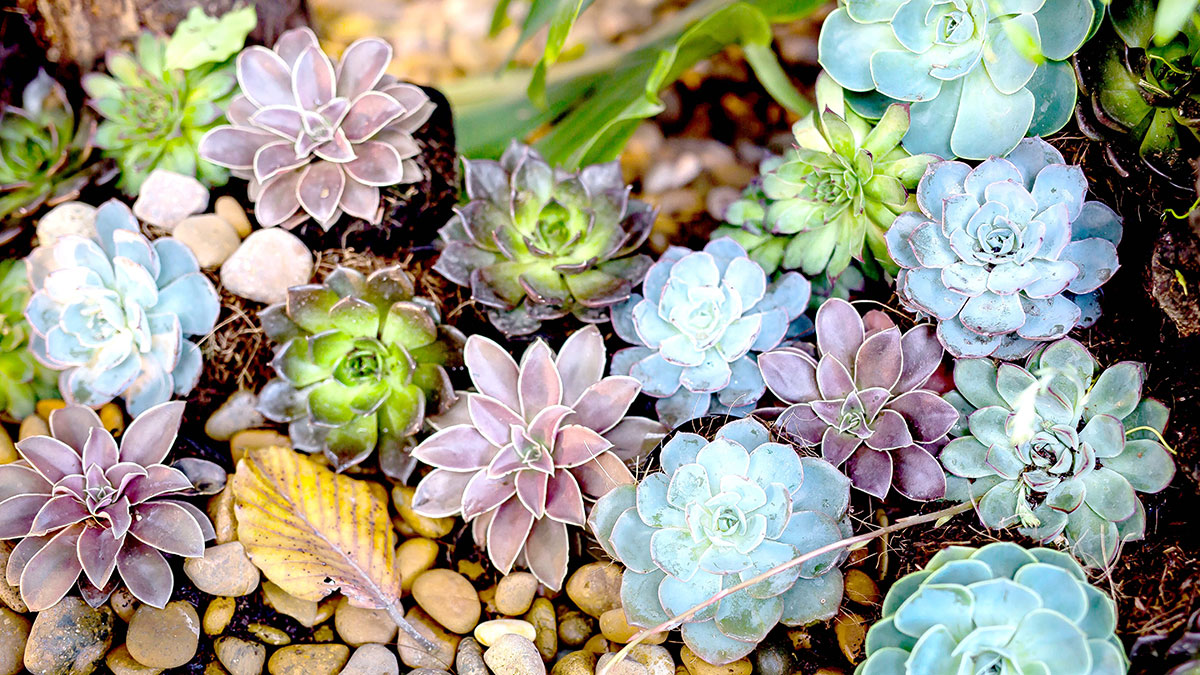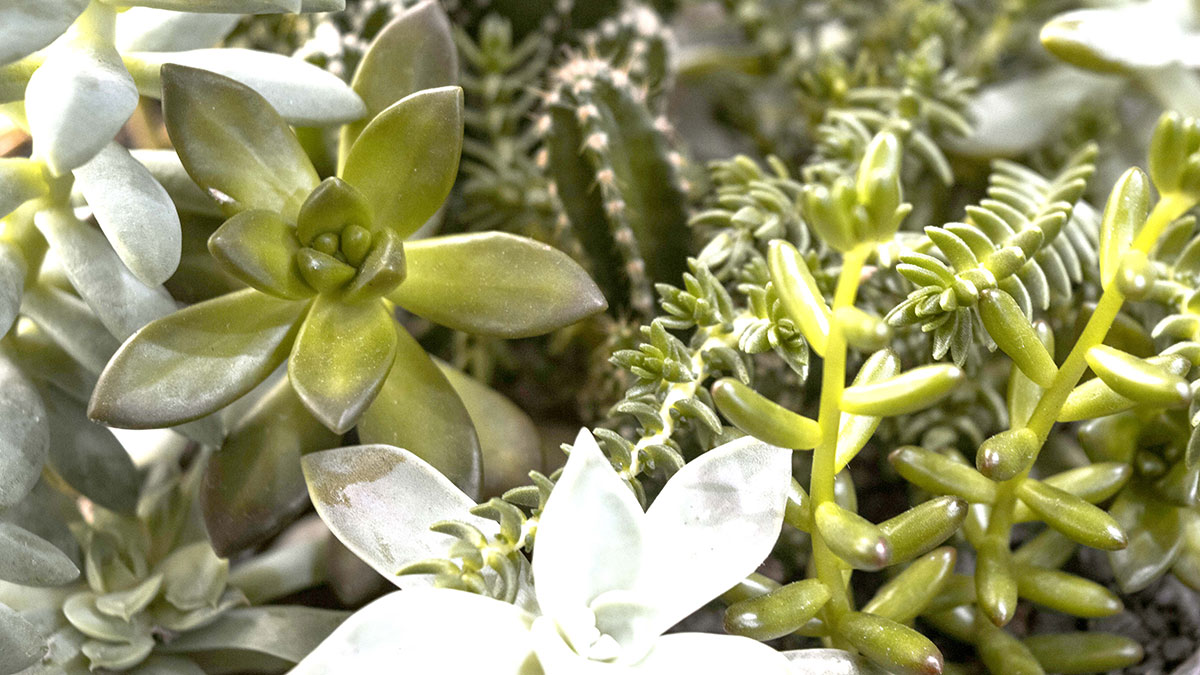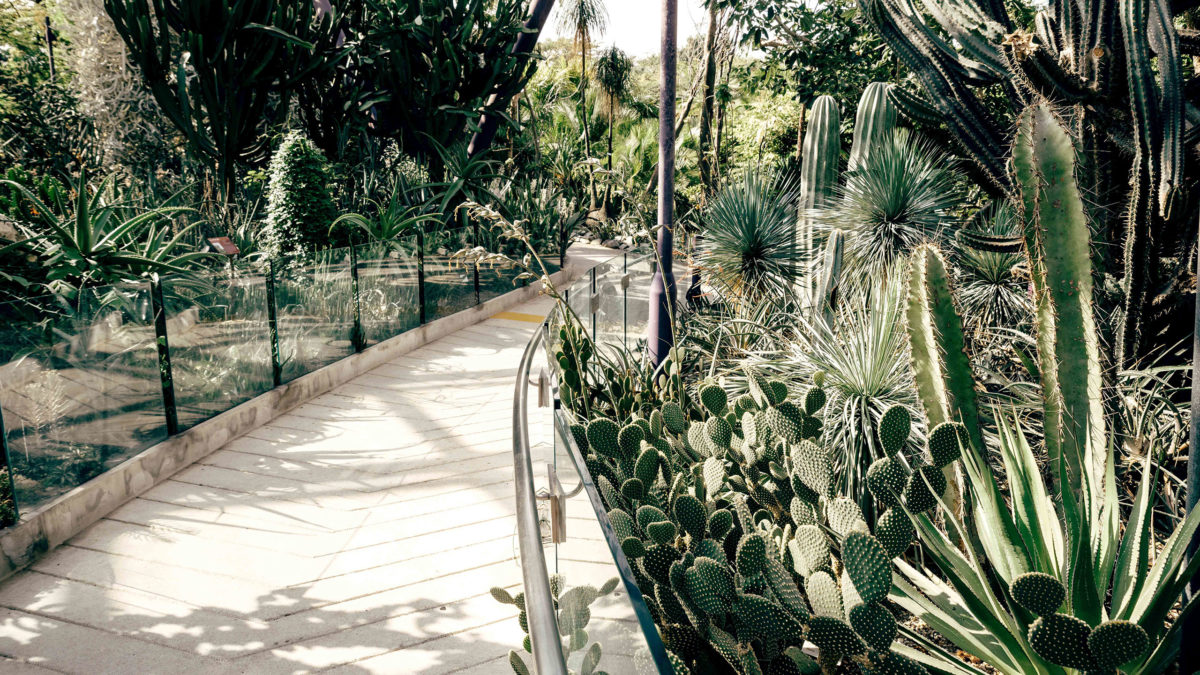Environmental circumstances are pushing us to consider water as a precious and, above all, limited resource. For this reason, when it comes to landscape design, the current trend is to increasingly opt for systems that considerably reduce water consumption. This is the case in new city parks, but also in the green areas of leisure and tourism destinations such as hotels and resorts, campsites, shopping centres and other public places.

This landscaping, which is now reviving landscape design with low-maintenance that requires little or no irrigation, emerged in the 1980s in the United States after a severe drought. Its product are dry gardens or xeriscaping, since their design provides for the use of xerophilic plants, in other words, plants that can withstand and adapt without difficulty to arid environments.

Their use is logically generalised in geographical areas where water resources are scarce, areas which, unfortunately, are increasing all the time. In these cases, in addition to choosing local plant species already adapted to the dry environment, special care is taken to avoid water loss through evaporation and/or runoff. Therefore, such landscaping can achieve water savings of up to 60% compared to conventional gardens.

This landscaping design produces green areas that, in addition to favouring biodiversity, reduce pollution and mitigate heat. An ideal resource in urban areas or in tourist and leisure destinations such as hotels and resorts, campsites, shopping centres and others. Another of its advantages is its easy and economical maintenance, compared to traditional gardens. The acclimatised plants, with an almost guaranteed survival, require very limited mowing and/or pruning and minimal amounts of fertilisers and pesticides.
By Manolo Barberá, senior hydraulic modeller in Amusement Logic’s Architecture Dept.






